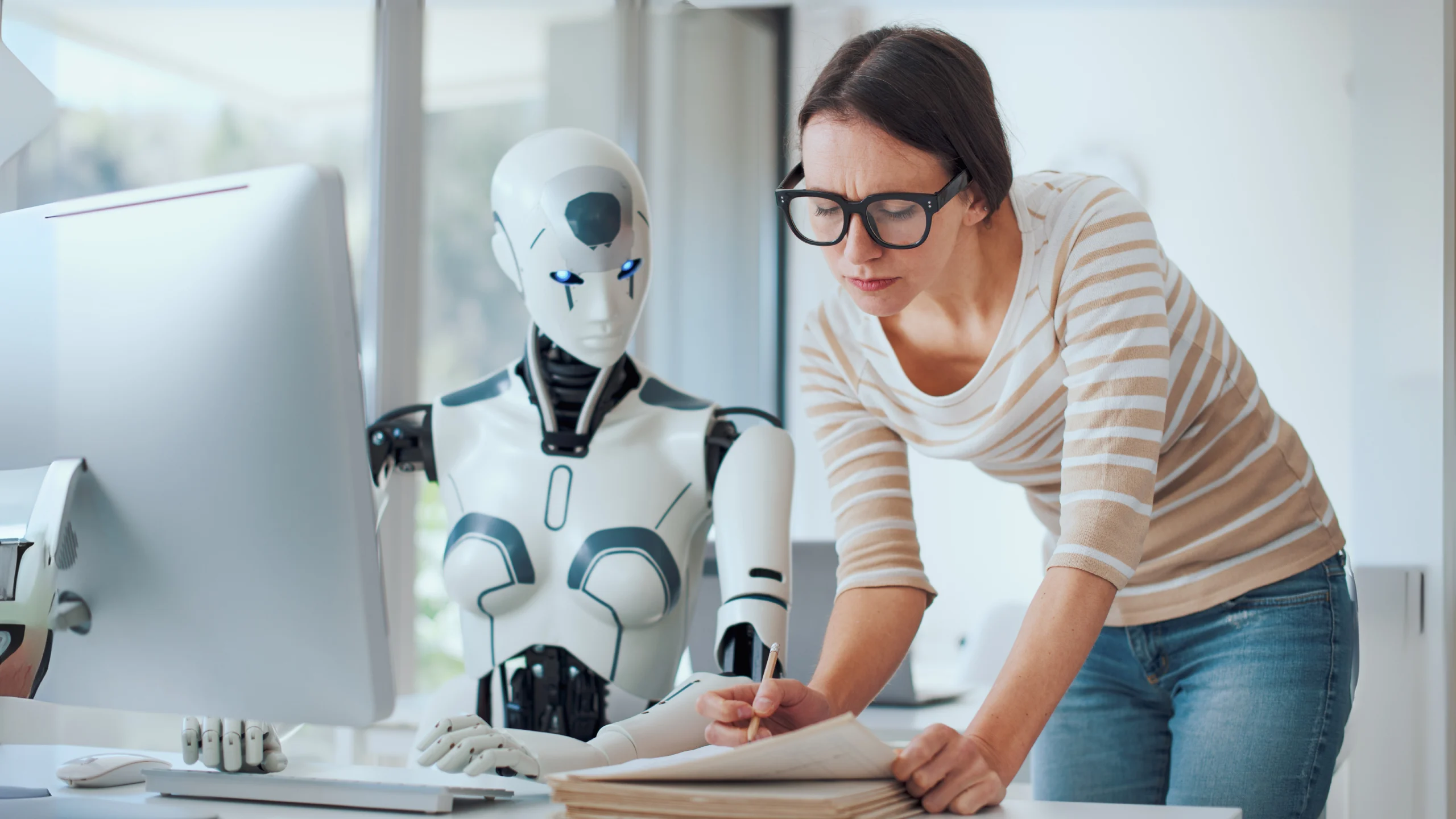What AI Can and Cannot Do: Understanding AI Capabilities
Artificial Intelligence (AI) is transforming industries, streamlining operations, and improving efficiency. However, while AI can automate tasks, process vast amounts of data, and generate creative content, it still has fundamental limitations. Understanding what AI can and cannot do helps businesses make informed decisions about its implementation.
What AI Can Do
-
Automate Repetitive Tasks
AI excels at automating routine tasks that require speed and accuracy. In finance-related industries , AI-powered tools can process transactions, detect fraud, and manage risk assessment. In customer service, AI chatbots handle FAQs, schedule appointments, and respond instantly to common inquiries.
Example: Banks use AI to automate loan approvals by analyzing applicants’ financial histories and credit scores, speeding up the process while reducing human error.
-
Analyze and Interpret Large Data Sets
One of AI’s most potent capabilities is its ability to quickly process and interpret massive data sets . This helps businesses identify patterns, predict trends, and make data-driven decisions.
Example: AI in healthcare can analyze patient data from electronic health records to detect potential diseases early and recommend personalized treatment plans.
-
Generate Content and Enhance Creativity
Generative AI can create content, including text, images, music, and videos. It can assist marketers in crafting personalized ad copy, help developers generate code, and even assist writers with idea generation.
Example: AI tools like ChatGPT help companies create customer emails, blog posts, and social media captions based on brand tone and style.
-
Enhance Customer Experience
AI personalizes user experiences by adapting to preferences and behaviors. From recommendation engines in streaming services to AI-powered chatbots providing tailored support, AI ensures a seamless customer journey.
Example: Netflix’s AI-driven recommendation system suggests movies based on a user’s viewing history, increasing engagement and satisfaction.
-
Improve Decision-Making
AI assists decision-making by analyzing historical data and predicting outcomes. Businesses use AI for financial forecasting, supply chain management, and risk assessment.
Example: Retailers use AI to optimize inventory levels by predicting demand fluctuations reducing waste and stock shortages.
What AI Cannot Do
-
Replace Human Creativity and Innovation
While AI can assist in creative processes, it lacks true human originality, intuition, and emotional depth. AI generates content based on existing data, meaning it cannot produce genuinely novel ideas like humans.
Example: AI can compose music based on existing styles but cannot create an entirely new genre or express deep personal emotions through art like a human artist.
-
Exhibit Emotional Intelligence
AI can mimic emotional responses, but it does not genuinely understand emotions. Human empathy, cultural context, and emotional intelligence are critical in roles that require personal interactions, such as therapy, leadership, and conflict resolution.
Example: AI-powered chatbots in mental health apps can provide pre-programmed responses but cannot replace a human therapist’s deep empathy and nuanced understanding .
-
Make Ethical and Moral Judgments
AI follows predefined rules and data patterns but cannot independently make ethical decisions . Human values, ethics, and moral reasoning are essential for making complex, situational decisions.
Example: In legal settings, AI can analyze case laws but cannot interpret justice, fairness, or human intent the way a judge or jury can.
-
Adapt to Unpredictable Situations
AI is excellent at handling structured problems but struggles with unexpected scenarios that require improvisation. When faced with new challenges, humans excel in adaptability, intuition, and critical thinking
Example: Self-driving cars rely on AI for navigation but struggle with unpredictable real-world situations, such as responding to an unanticipated roadblock or an unusual pedestrian behavior.
-
Function Without Human Supervision
AI models require human oversight to ensure accuracy, fairness, and ethical considerations. Bias in AI training data can lead to incorrect or unfair outcomes, necessitating human intervention.
Example: If hired AI is trained on biased historical hiring data, it may unintentionally favor certain demographics, requiring human review to ensure fair recruitment practices.
Choosing the Right AI Strategy for Your Business
Understanding AI’s strengths and limitations allows businesses to integrate it effectively. AI should be used as a powerful tool to enhance human capabilities rather than replace them. Organizations can achieve optimal results by strategically implementing AI in automation, data analysis, and customer engagementwhile relying on human expertise for creativity, ethics, and emotional intelligence
Let Pevaar Help You Leverage AI
Are you looking to implement AI in your business? Pevaar specializes in AI-driven solutions that enhance efficiency, customer experience, and decision-making. Contact us today to explore how AI can revolutionize your operations while maintaining the human touch that sets you apart!


Leave a Reply